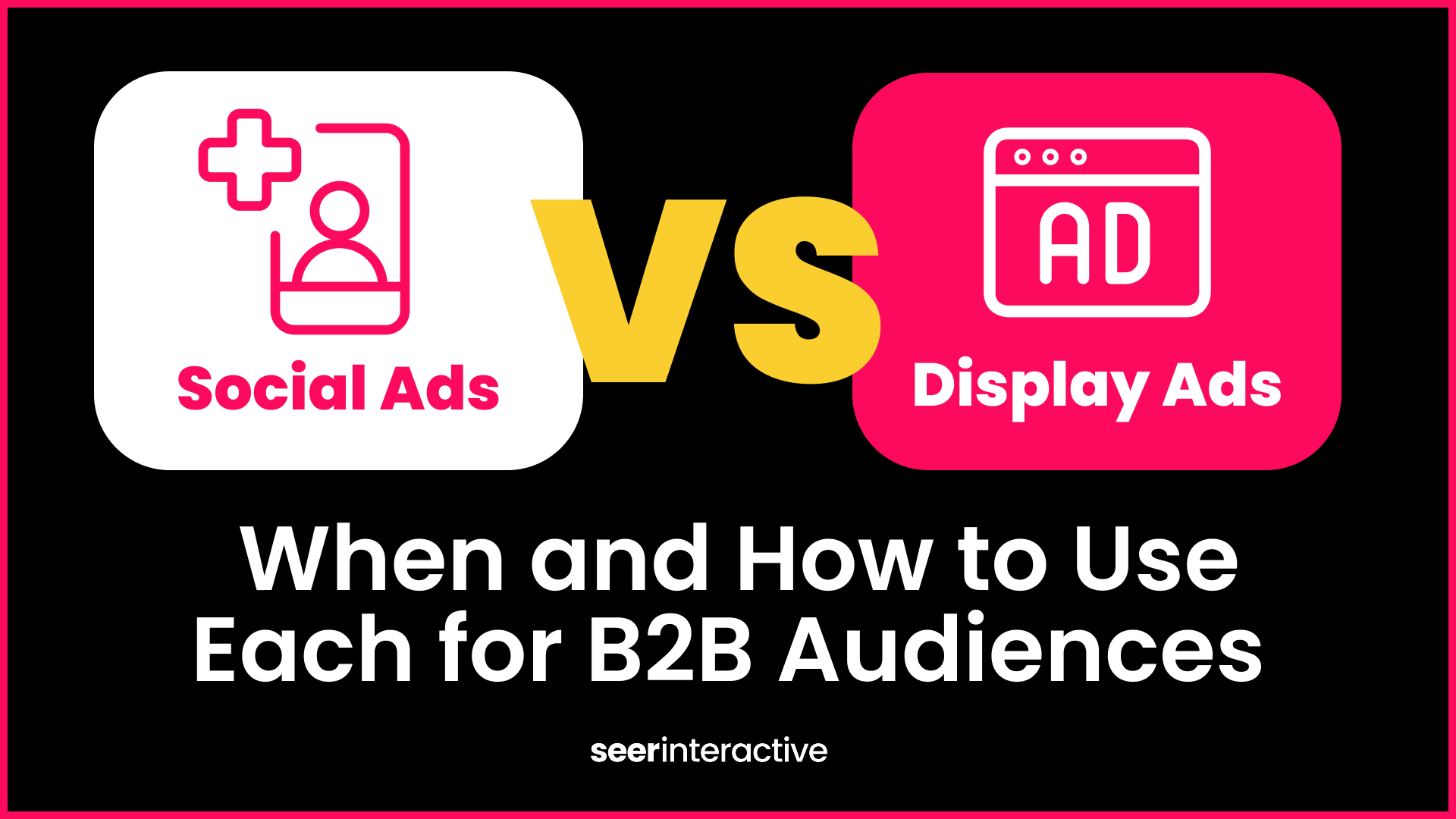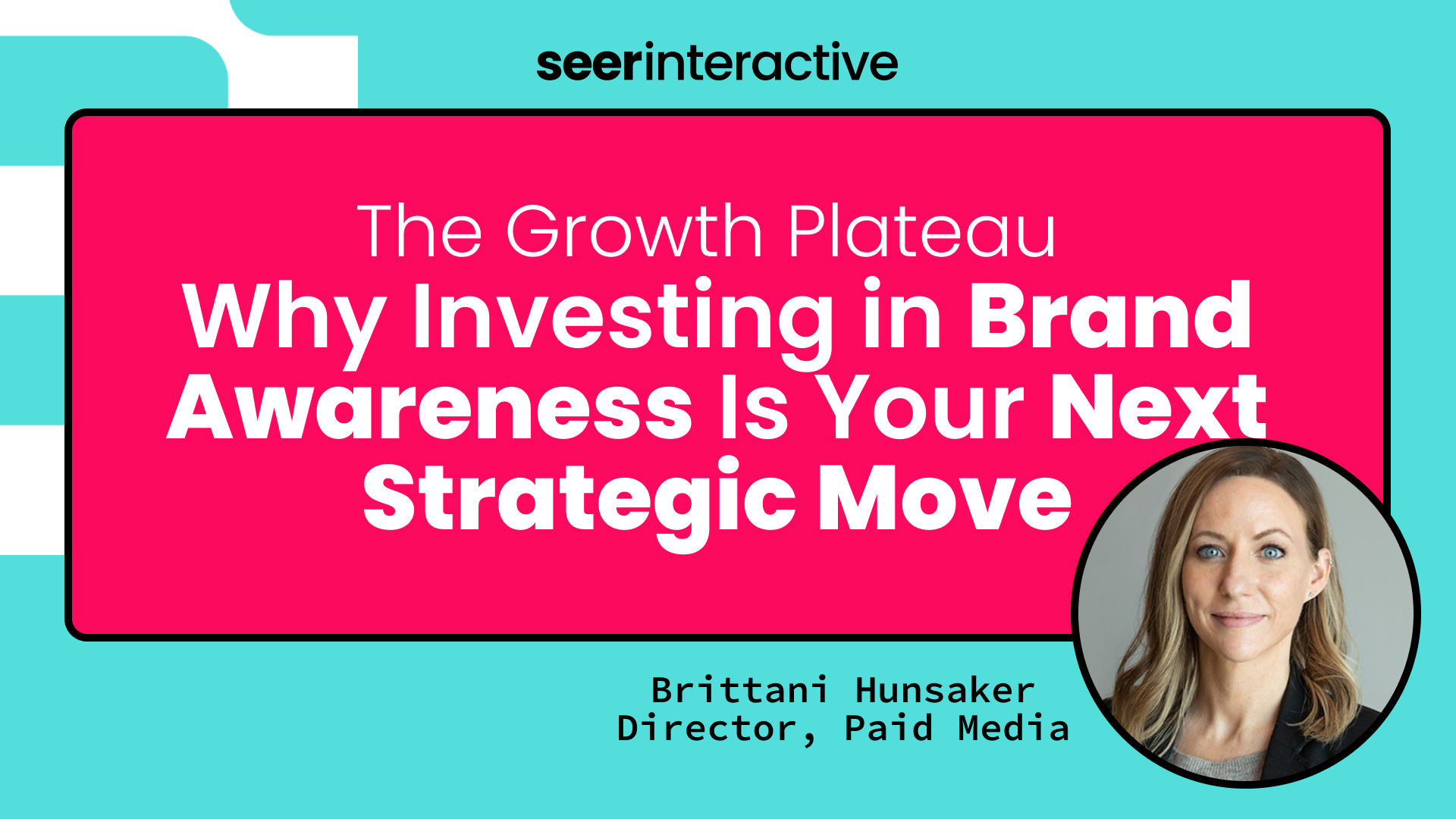You’re Better than Max Clicks
Max Clicks is a bid strategy within Google Ads that focuses on getting you as many clicks as possible. It allows you to set a limit on how much you’re willing to spend on an individual click, but that’s the only real safeguard that you’re able to put in place.
However, one person’s ‘safeguard’ may be another person’s ‘unnecessary and confusing setting’ - the simplicity of Max Clicks is its strength, and it allows you to get new campaigns off the ground or bring new life to a struggling campaign. There’s a time and place where Max Clicks is very useful, and I certainly can’t argue with someone’s side-by-side comparison showing that Max Clicks performed better than another bid strategy on their handmade soap e-commerce site.
Calling all Max Click Apologists
If you’re running campaigns on Max Clicks, my question to you is this: what are you avoiding? In the digital age where Google is collecting bidding signals on users worldwide, why would one want to focus on clicks instead of conversions?
If you’re reading this as a Max Clicks apologist, please consider if any of the following apply to you:
- Your conversions can’t be successfully traced back to customer interactions.
- The conversion you care about doesn’t happen frequently enough for a conversion-focused bidding strategy.
- Your online marketing efforts aren’t focused on conversions.
- You believe that the hype around conversion-based bidding is a psyop employed by Google Ads to increase their revenue (I’ll allow this one).
With the current speed of marketing, these issues are all non-starters if you want to get the most out of your marketing efforts. Your data needs to be in line with the reality of your business so that you can find opportunities to improve and course-correct if things go south. Read on to see why I believe this to be the case, and why Max Clicks is emblematic of these issues.
Unsophisticated Bid Strategy
How it Works
As mentioned before, Max Clicks doesn’t consider conversions or bidding signals; it only tries to get as many clicks as possible within the parameters it’s given.
It allows you to set a limit on how expensive a single click can be, but keep in mind that setting this too low may limit the number of clicks you get significantly. If others are bidding on the same keywords as you but have their CPC limits set higher, then your ads won’t show up. So, Max Clicks doesn’t necessarily mean you’ll get the most clicks - there are some caveats.
Budget Utilization
Max Clicks is extremely budget-hungry. If your only goal was to spend as much money as possible, then Max Clicks would be a top-tier bid strategy. Anecdotally, I’ve seen a campaign that moves to Max Clicks from another bid strategy will see an increase in cost but not necessarily an increase in conversions. In other words, it becomes less efficient.
Another problem is that Max Clicks can exploit things in your campaign setup that you don’t expect. Some examples would be:
- A broad match keyword in your account suddenly has more room to breathe and starts spending all of your budget on empty clicks.
- Your campaign has consistently underspent its budget, but now it spends its entire budget in short order.
- The least specific keywords in your campaign may begin using up all of your budget due to their high volume, which may also starve your most useful keywords of budget.
Pitfalls of CPCs
There are many situations where pursuing as many interactions as possible will actively work against you. Likely, you care more about meaningful interactions than empty traffic to your site. When using Max Clicks, it’s much more likely that Google will be willing to show your ad to low-quality traffic.
Another situation where this can cause issues is if you have a campaign that is running the same keywords in multiple regions with different average CPCs.
- For instance, a campaign targeting South America and the United States is very likely to spend the majority of its budget in South America due to the lower average CPCs - the strategy can buy more interactions in South America, which is its directive.
Don't Lose Control
What is Target Impression Share
In contrast to the basic controls you have with Max Clicks, Target Impression Share (tIS) allows you to:
- Determine the amount of impressions you’d like to show up for relative to the amount you’re eligible for. A 65% tIS would mean you show up 65 times for every 100 possible impressions.
- Place your ads at the very top of the page, somewhere in the top section of the page (but not necessarily always the top spot), or just anywhere on the results page.
- Place a CPC limit on the campaign (similar to Max Clicks).
What makes tIS better?
While not conversion-focused, Target Impression Share still gives you more control over how your campaign serves, and it also provides you with more levers for adjustment if things aren’t performing well. If your Max Clicks campaign started performing poorly, the only thing you can adjust within Max Clicks is the CPC limit; tIS provides some additional flexibility.
Additionally, Max Clicks can sometimes result in a surprisingly low Impression Share. You most likely don’t want to have a 25% IS for your branded queries, but you may find that it isn’t possible to achieve your desired IS with your budget using Max Clicks.
However, since Target Impression Share is made to accommodate your desired IS at a given budget, you may be able to get the brand coverage you need without raising your budget.
Leave the Max Clicks Mindset Behind
Conversion tracking is an aspect of Google Ads that still isn’t very user-friendly. You may need to enlist expert help to get your digital footprint aligned with your real-world business data. However, the cost of setting up proper tracking will pale in comparison to the savings you’ll be able to access through proper campaign management.
Keep in mind that nobody’s tracking data is perfect; privacy laws & technology shifts have forced many platforms to adopt some form of data modeling that is used to bridge the gap between what they know about users and what they don’t. Modeled data tends to become more accurate as you increase the volume of accurate data that it’s being fed. Getting the best possible understanding of your online footprint will allow you to advertise more efficiently and scale in a way that benefits your business, which has the knock-on benefit of improving the accuracy of these modeled components of your data.
I hope that this post has sufficiently outlined the ways a Max Clicks mindset can prevent you from getting the most from your marketing efforts, but in case you’re still not convinced, let me re-frame the bullet points from earlier:
- Your conversions need to be successfully traced back to customer interactions, which can be achieved through an initial investment of time or hired expertise, with the result being a significant return on investment.
- If the conversion you care about doesn’t happen frequently enough for a conversion-focused bidding strategy, create a funnel of conversions and leverage proper tracking to scale your marketing efforts until you have enough conversion data to stop worrying about this.
- Your online marketing efforts should be focused on conversions, you just need to find the points where your digital footprint overlaps with actions that help your business.

